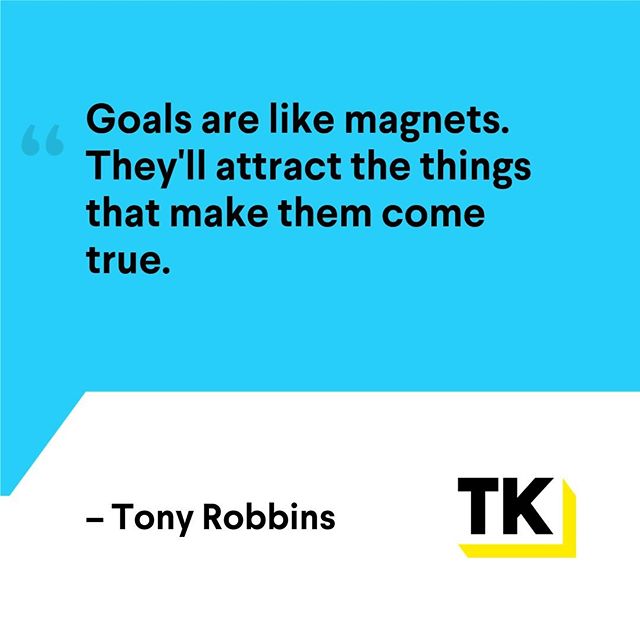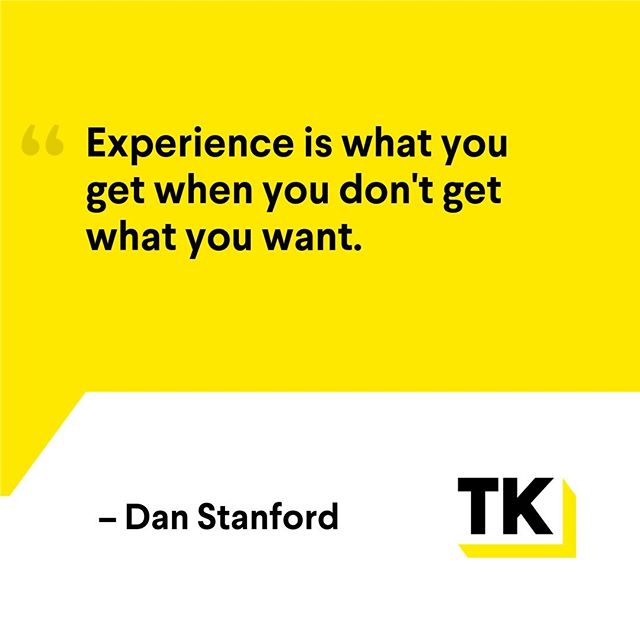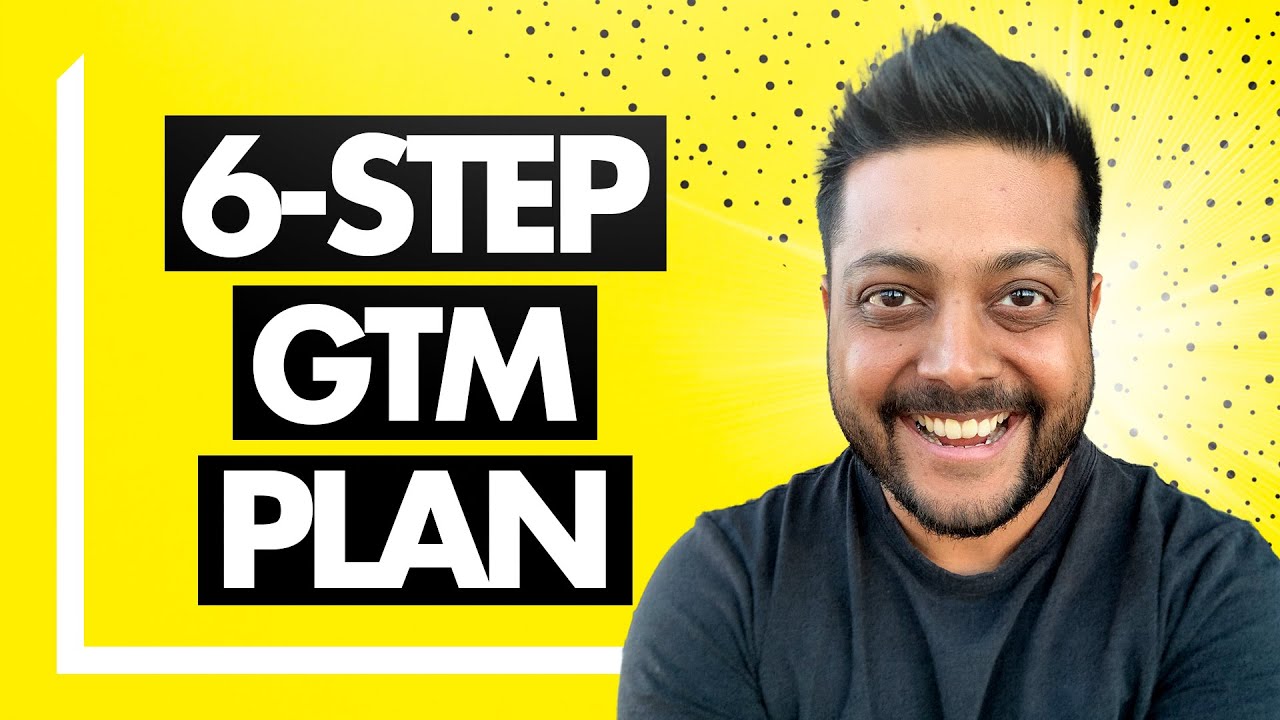SaaS is one of the greatest business models ever created. When run right, they are incredibly profitable, have high margins, and are relatively easy to build if you have engineering prowess. Now, there is a difference between how a first-time SaaS Founder approaches picking a SaaS idea VS. how a second-time Founder approaches it.
In this blog post, I’ll share with you what those key differences are and the three principles of picking the right SaaS idea along with examples I think are worth going after.
- Timeless SaaS Ideas and Markets
- Existing Series B Companies
- Your Own Domain Knowledge
- BONUS: Top SaaS Ideas to Steal in 2024
First-Time VS. Second-Time Founders
One of the earliest SaaS ideas I came up with was called “Recommend.” I had toiled away my nights and weekends building it… but it never saw the light of day or earned a single dollar. I had fallen into what I call the “One More Feature Trap.”
Fast forward a couple of years, I approached building ToutApp a completely different way. What was the key difference?
With ToutApp, I figured out the right market and distribution first. THEN I figured out the overall product. I made sure from the beginning that there was a market for what I was building, and that I was solving an urgent and important problem. This is the big difference in how I see Second-Time Founders approach the idea phase of their company.
Second-Time Founders think about the market before anything else. They understand that Market and Distribution are everything. If you’ve been following me, you know I emphasize that great SaaS businesses are built on three pillars: Market, Product, and Go-To-Market.
When you optimize all three, that’s where Product Market Fit is. Rather than wasting the first lap, you can optimize for the market first then everything else. It will save you months of building the wrong product. But, what are some great ideas that already have a market?
Timeless SaaS Ideas and Markets
These following markets are timeless because the market problems are never-ending. Some examples I suggest:
- A To-Do List App
- Note-Taking App
- Messaging App
There’s always a new market for these examples. If you have a unique angle or spin, you’re fully capable of going after this market. Timeless SaaS ideas like the examples I provided are always available throughout the market.
Existing Series B Companies
Targeting newly-minted Series B companies are a great way to identify a hot market. A Series B company is a small company that has raised a large amount of money upon proving PMF and revenue. But, they still need to scale. This means you have the opportunity to disrupt them.
These companies are super powerful because they have done a lot of the hard work; Taking the market risk out of the process. They also tend to have older tech stacks, legacy baggage, and execution risk. Because of this, you can go after them and pick up where they left off.
If you would like specific examples of Series B companies, check out these key opportunities between 2020 and 2025.
Your Own Domain Knowledge
Your own domain knowledge could be a great source of proven marketable ideas. What do I mean by that?
Some of the best SaaS companies started as a spreadsheet. They then turned them into a proper SaaS company.
Reflect on your past experiences and the market problems you can solve. This way you have a lot of domain knowledge across various markets. You know that people have a problem, because you probably came across the same issue yourself. One trick is to find the spreadsheets that currently exist in your job that can be turned into SaaS businesses.
Bonus: SaaS Ideas You Want to Steal in 2024
2024 will be an incredible year for SaaS. Littered in a lot of dead SaaS companies are great SaaS ideas. These ideas have already proven Product Market Fit, their Founders just refused to fix their business model and Go-To-Market machine.
Therein lies your opportunity in 2024 as a SaaS Founder.
There have been a lot of SaaS companies that have been built that were overfunded and inefficient. Now, investors and markets are looking at SaaS companies differently. They want efficiency, a scalable GTM strategy, and to fund companies that show growth while thinking about profitability.
1. Bootstrapped Companies with No or Inefficient GTM
There’s an entire breed of bootstrapped companies that stayed small and focused on a very niche market, while refusing to invest in their growth. They were profitable and generating cash, but refused to get more customers in their ICP segment. They also refused to build out GTM machines and go after more parts of the market, running inefficient machines.
If you’re looking to start a SaaS business, what are the companies that are playing small, you can compete in that market, create a better offering and actually drive a more scalable machine to take more parts of the market and build an incredible SaaS company. In this category of SaaS companies, there’s an enormous set of ideas with PMF, you can double down on.
2. SEED-Funded Companies that Can’t Raise the Next Round
There are Seed-funded companies that raised incredible valuations and then realized they can’t raise the next round, can’t even do a flat round. They’re going to have to figure out a way to get profitable and drive efficient growth, and either build a successful profitable company or wait it out until the markets and multiples go up again. Half of these Founders will get lean and build a scalable GTM machine to prepare for the market changes. The other half aren’t investing in GTM, not making changes, and are still hoping that the market will shift in their favor to raise again.
Your opportunity as a Founder looking for a PMF idea lies in this entire group of seed-stage companies with founding teams that just refuse to get lean. These are ideas that have been venture backed to get to PMF but may not survive in terms of a real business. You can pick one of these ideas, by building an efficient company with 10X better implementation of this idea, and drive an efficient GTM machine. Fast track 3 years of trying to reach PMF that those venture dollars have funded.
There’s proven ideas, you just need to build a better product, more efficient GTM and from there you can either get to profitability or raise money because another investor would fund a brand new business, versus those investors funding that failing business again.
3. PE-Backed SaaS Companies
When a private equity firm acquires a SaaS company, they are usually taking on debt. They then usually have to figure out how to actually make that business more efficient, and exit it in the 3-6 year period they hold the company for. The entire job of the PE company is to put the business on a diet and make the numbers look good so that they can exit for a much higher number than they bought it.
Some PE firms do this really well, others don’t. The problem is, usually when PE firms take over a SaaS business, there are three things that happen:
- Research & Development usually gets cut. The people that was the engine for innovation, new features delivering on the roadmap, usually leave because they made their money. The business is then left with a group of people that don’t know how to innovate. Usually R&D goes down. PE firms will also move engineering to lower cost places. Because of this, there’s a talent drain and a slowdown in the roadmap delivery.
- Prices go up. When PE firms take on SaaS businesses, they get more ruthless about renewals and increasing prices.
- CSAT goes down.
If you can again steal their idea, go in with a 10X better product, and continue to innovate with an efficient GTM and undercut them on prices and be fair in terms of your pricing, you’ll win a certain number of their customers over.
In Conclusion
It’s all about Market and Distribution. You can avoid wasting three years, falling for the “One More Feature Trap” in an untested market like I did. There is a difference between obsessing over the product, and a proper business strategy.
Market, Distribution, and GTM trumps Product.
When you have the right SaaS idea, product, market, distribution, and Go-To-Market, you’ll stand above the rest.
If you’re a SaaS Founder looking to embrace the Founder-led movement and embrace putting the market first, then I invite you to check out my 5-Point SaaS Growth Strategy Guide. Inside this guide, I help you clarify your ICP, craft a Strategic Narrative and Manifesto, and mobilize a consistent set of GTM activities across key channels to drive organic pipeline.












